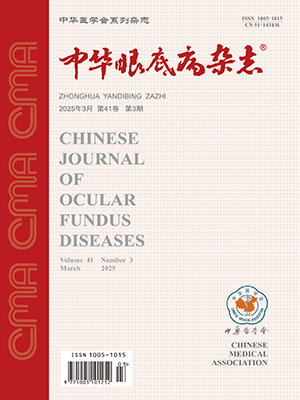Objective To investigate the therapeutic effects of throm bolytic drug infusion via carotid artery on experimental central retinal artery occlusion (CRAO), and observe the changes of fibrinolytic activity in the system ic circulation. Methods To dissolve the thrombi in 15 cats (30 eyes) with CRAO established by laser irradiating a branch of central retinal a rtery after intravenous injection of photochemical drugs, urokinase (UK) was dir ectly infused via carotid artery in 5 cats (10 eyes) in group A or intravenously injected in 5 cats (10 eyes) in group B, and isotonic saline solution was intra venously injected in 5 cats (10 eyes) in group C respectively. The patency of the artery was evaluated by fundus fluorescein angiography. Moreover, the changes of fibrinolitic activity in the blood were observed by blood biochemical examination. Results Four hours after UK infusion, the complete repatency proportion was 80% (5 cats 8 eyes) in group A, and 50% (4 cats 5 eyes) in group B. There was significant difference between the two groups. Besides, after the infusion, the indexes of coagulation, fibrinolysis, and anti-fibrinolysis in group A were better than those in group B and C (P lt;0.01). Conclusion In the treatment of experimental CRAO, thrombolytic drug infusion via carotid artery is better and more effective than via intravenous injection, which may provide a new method of thrombolytic drug delivery and animal models. (Chin J Ocul Fundus Dis,2004,20:186-188)
Citation: YAO Yong,CAI Jiping,SHEN Xiaowen. Thrombolytic drug infusion via carotid artery treating experimental central retinal artery occlusion. Chinese Journal of Ocular Fundus Diseases, 2004, 20(3): 186-188. doi: Copy
Copyright © the editorial department of Chinese Journal of Ocular Fundus Diseases of West China Medical Publisher. All rights reserved




